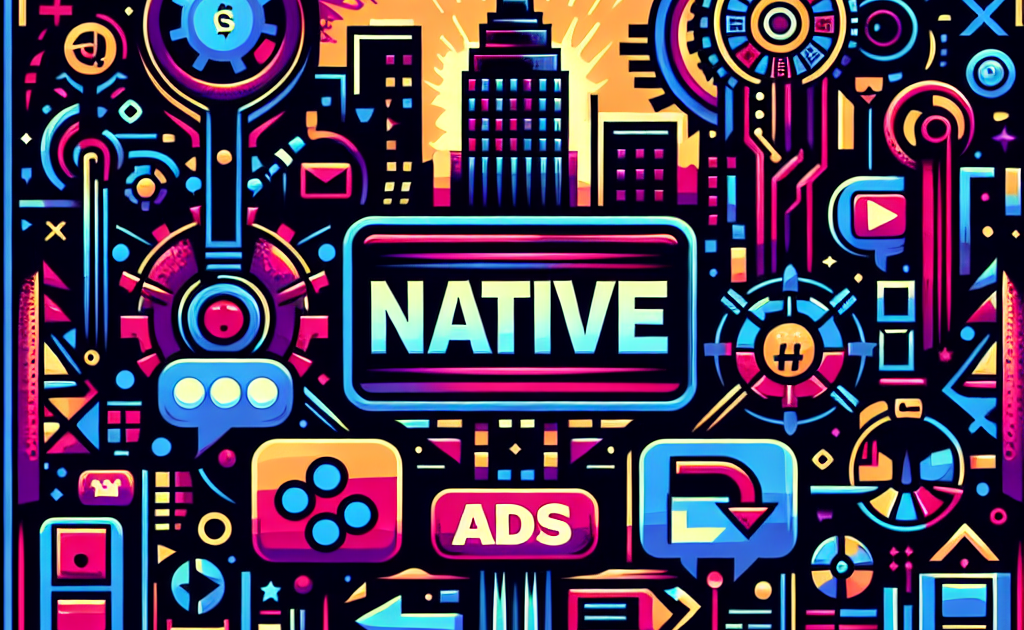Last week, I was talking with the main tech coordinator from one of Germany’s biggest Coupon platform, on how they are currently transforming into a full-fledged Adtech platform. And one hugely important thing for every Ad platform came up: Frequency Capping
What does Frequency Capping (FC) mean?
You as a user of an ad platform (e.g. Facebook) after all should be convinced to buy the product of the company which is advertising. Not surprisingly studies found, what you already know: If you see an Ad too often (e.g. 20 times the same ad for a shirt on a single day) the likelihood of you buying that shirt goes down dramatically, because you are annoyed.
This is where Frequency Capping comes into play: It basically is an upper limit of how often you can see a single Ad.
In the basic version, we just set a hard limit. For example, this is how Yahoo does it:
- A user cannot view ads of a certain campaign more than five times a week.
- A user cannot view a certain ad more than twice a day.
Okay, that was simple. Problem solved? Not fully.
Because this is what this week’s paper authors found out and are explaining in their paper: There is a second option to use frequency capping, which they call “Soft Frequency Capping”, which has NO hard limits, but weighs the count of how often you have seen an ad, into the bidding algorithm of the Yahoo Ads platform.
It was quite interesting to read, how they did this and how they evaluated their findings. In the end, they could lift their revenue (For the ad tech nerds: their CPM) by 7.3%, which is massive.
Abstract:
Yahoo’s native advertising (also known as Gemini native) serves billions of ad impressions daily, reaching a yearly run-rate of many hundred of millions USD. Driving the Gemini native models that are used to predict both click probability (pCTR) and conversion probability (pCONV) is Offset – a feature enhanced collaborative-filtering (CF) based event prediction algorithm. Offset is a one-pass algorithm that updates its model for every new batch of logged data using a stochastic gradient descent (SGD) based approach. Since Offset represents its users by their features (i.e., user-less model) due to sparsity issues, rule based hard frequency capping (HFC) is used to control the number of times a certain user views a certain ad. Moreover, related statistics reveal that user ad fatigue results in a dramatic drop in click through rate (CTR). Therefore, to improve click prediction accuracy, we propose a soft frequency capping (SFC) approach, where the frequency feature is incorporated into the Offset model as a user-ad feature and its weight vector is learned via logistic regression as part of Offset training. Online evaluation of the soft frequency capping algorithm via bucket testing showed a significant 7.3% revenue lift. Since then, the frequency feature enhanced model has been pushed to production serving all traffic, and is generating a hefty revenue lift for Yahoo Gemini native. We also report related statistics that reveal, among other things, that while users’ gender does not affect ad fatigue, the latter seems to increase with users’ age.
Download Link:
https://arxiv.org/pdf/2312.05052v1.pdf
Additional Links:
- None
